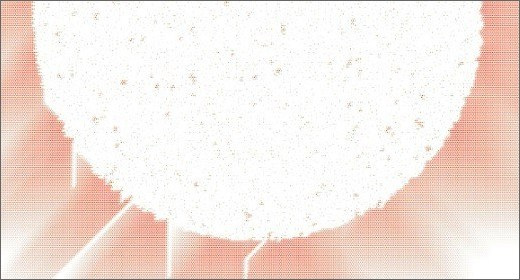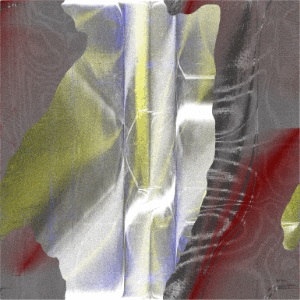We are treated to a sort of granular treatment of piano pieces and piano timbres. Throughout the recording, Iwata’s instrument and compositions are put through a series of effects, repetitions and warping, giving Life is Beautiful the feel of a Steve Reich-like piece on steroids.

Detroit Underground have made name for themselves by supporting projects and curating an electronic aesthetic without compromises–the DetUnd spirit is a raw pulse and a gleeful surrendering to the idea of the man-machine–a duality which is demonstrated on Wataru Iwata’s Life is Beautiful, released in July this year. Life is Beautiful is an 18-minute record of generative music composed by Wataru Iwata within the framework of a 2D cellular automata. Since neither the reader nor the writer of this review can completely understand this description, here is an excerpt from the Bandcamp page:
“Life is Beautiful is an acoustic work created by reconstructing the sound generated by the behavior of cells in social simulation with 2D cellular automata.[…] Harmony consists of two major factors. One is related to the number of cells (population), and the other is the amount of life assigned to each cell. ”
What this means for our ears is that we are treated to a sort of granular treatment of piano pieces and piano timbres. Throughout the recording, Iwata’s instrument and compositions are put through a series of effects, repetitions and warping, giving Life is Beautiful the feel of a Steve Reich-like piece on steroids. The five tracks really work together as one unit, as “Convergence of Savage” transitions rapidly into “Reboot,” an immediate retelling and dissecting of the previous cut.
The last track, “(The Irrational Relation) Between Universal and Particular” is the most developed piece here and uses small grains in rhythmic ostinatos against the shifting backdrop of the tail of the notes. The piano is a wonderful choice of instrument for these generative explorations, as the timbre of the instrument really lends itself well to granular and algorithmic slicing and dicing. But there also tracks like the very aptly titled “Nostalgia” which rely on the range of the instruments, quiet chordal passages which are then expanded upon by turning these chords into pad-like washes with slow attack.
Obviously this is more of a niche release, and it is difficult imagining Life is Beautiful topping some end-of-year lists, if only because its composition and purpose come from such a specific background rather than looking for a wide appeal. But if you are interested in generative music, software-assisted composition, or simply in contemporary piano sounds, check this one out–Life is Beautiful is beautiful and so much more.
Life is Beautiful is available on Detroit Underground.


















![Pole :: Tempus Remixes (Mute) — [concise]](https://igloomag.com/wp/wp-content/uploads/2025/04/pole-tempus-remixes_feat-75x75.jpg)






![Hasbeen :: Bunker Symphonies II (Clean Error) — [concise]](https://igloomag.com/wp/wp-content/uploads/2025/04/hasbeen-bunker-symphonies-ii_feat-75x75.jpg)
